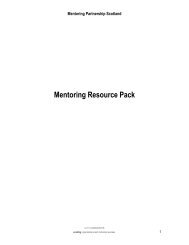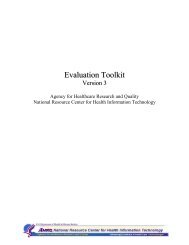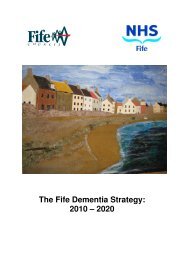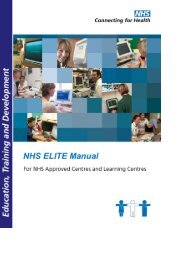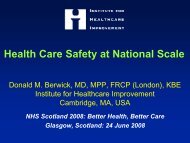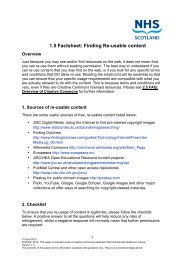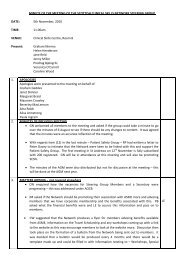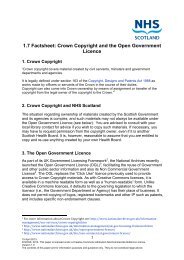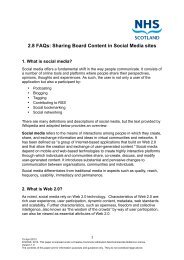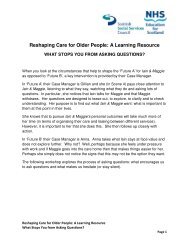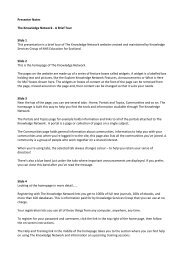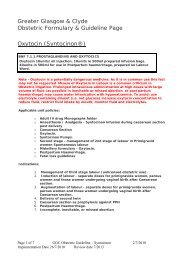ACPCF Infant Guideline - The Knowledge Network
ACPCF Infant Guideline - The Knowledge Network
ACPCF Infant Guideline - The Knowledge Network
Create successful ePaper yourself
Turn your PDF publications into a flip-book with our unique Google optimized e-Paper software.
BREATHING ASSESSMENT CHECKLIST FOR PARENTS<br />
STAGE 1 If the answer to either of the following questions is yes, it is important that you do<br />
carry out chest physiotherapy<br />
Action Yes No<br />
Hear<br />
Feel<br />
Is he/she coughing?<br />
Place hands around ribs – can you feel any secretions<br />
moving/rattling in the chest on breathing?<br />
STAGE 2 Even if there is no obvious cough or rattle in the chest, it is still important to<br />
double check for some less obvious signs which might mean that there are some secretions<br />
in the chest or a chest infection. If the answer to one or more of the following questions is yes,<br />
it is still a good idea to give the baby some chest physiotherapy.<br />
Action Yes No<br />
Observe<br />
Hear<br />
Is breathing rate faster than normal?<br />
(Normal for baby under one year is 30-50 breaths per<br />
minute and baby one to two years 20-40 breaths per<br />
minute)<br />
Are there signs of a cold e.g. snuffles or blocked<br />
nose?<br />
Is you baby more unsettled / crying more than normal<br />
or do they seem to be unwell?<br />
Does the skin feel warmer than usual (i.e do you think<br />
he/she has a fever)?<br />
Can you hear a wheeze (a musical noise usually on<br />
breathing out but may be on breathing in)<br />
STAGE 3 If the answer to any of the following questions is “yes” your baby is very likely to<br />
require additional medication (e.g. antibiotics) as well as chest physiotherapy.<br />
Action Yes No<br />
Observe<br />
Hear<br />
Does the breathing look more laboured than usual?<br />
(vest / T-shirt off)<br />
Can you see the ribs more clearly on breathing in? (Is<br />
the skin between the ribs sucked inwards on breathing<br />
in?)<br />
Does the front of the chest, or the area below the ribs<br />
get “sucked inwards” on breathing in?<br />
Are the nostrils flaring on breathing in?<br />
Is the skin at the bottom of the neck sucked in on<br />
breathing in?<br />
Does the head bob up and down on breathing?<br />
Are the lips paler than normal?<br />
Do the lips the lips have a blue tinge? (If yes, you<br />
should urgently seek medical attention)<br />
Are there any grunting noises on breathing?<br />
14



